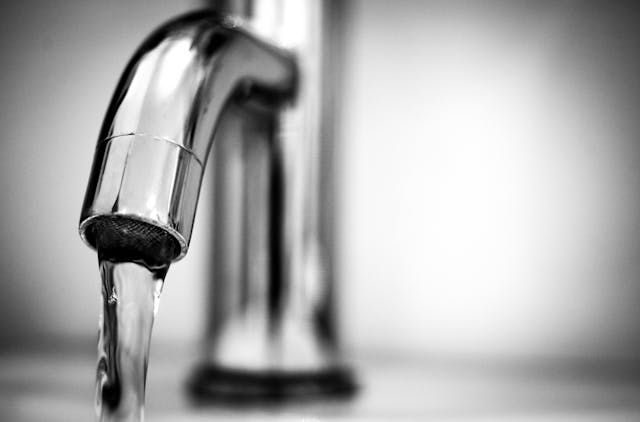Every individual at some point discovers the nuisance of a leaky faucet. The constant drip-drip sound echoes throughout the house, keeps you up at night and worst of all, unknowingly increases your water bill. Fear not, fixing a dripping faucet is a pretty straightforward process and does not require special tools or advanced skills. This comprehensive guide will walk you through how to fix a leaky faucet.
Faucet Components Understanding
Before you delve into repairing your faucet, you need to know what components it consists of. Commonly, a faucet has four parts: handle, stem, washer, and seat. The handle allows controlling the flow of water. Under it lies the stem, which has threads for attaching the washer. When turned down tightly against the seat; it prevents water from passing.
Gathering Required Tools
For this task, gather these tools: an adjustable wrench for loosening and tightening components; a flat-head screwdriver for removing screws; replacement washers that match the existing ones in size; greasing lubricant for easing out stuck components. Sometimes old fixtures are erratic with sizes; in such situations reading reviews about companies like Ferguson’s Plumbing will be incredibly beneficial. Click here to learn more.
Turn Off Water Supply
To prevent turning your repair job into an unintended shower activity, ensure that the water supply is turned off before starting work on your leaking fixture.
Faucet Handle Removal
Newer faucets have cap covers hiding screws. Remove these coverings using a piece of cloth and a flathead screwdriver to reveal the screws. Unscrew them using a screwdriver to detach the faucet handle.
Stem Component Detaching
The stem component, also known as the cartridge or valve stem, holds the washer that wears off due to continuous use. With the help of an adjustable wrench, unscrew and remove the stem component.
Washer Inspection and Replacement
The washer is often the prime culprit causing the leak. Inspect it and if it seems deteriorated, replace it with an identical one that you have in your tool kit.
Seat Check-Up
The constant friction between the valve seat and the washer due to continuous use causes wear off at these contacting points. If you notice damage on this part, replace it too.
Areas Reassemble
After replacing faulty components with new ones, reassemble them in reverse order of disassembly; screw in the stem, attach the handle back and tighten screws into place.
Testing Water Flow
Once you have reassembled everything back together, test your repair work. Turn on your water supply and allow water to pass through the faucet. Monitor closely for leakage-it should be fixed now.
Maintenance Tips
To ensure longevity of your faucets and avoiding recurring leaks, proper maintenance is key. Regularly clean your faucets; check for mineral deposits and if found, remove them because these cause damage over time. Also, replace washers annually as preventive maintenance.
Contacting a Professional Plumber
If leaks persist after following all these steps or if you are nervous about trying a DIY approach with plumbing tasks, consider getting professional assistance. A skilled plumber can easily diagnose problems and perform necessary repairs with minimal inconvenience for you.
Benefits of Repairing Leaky Faucets
Aside from eliminating the annoying dripping sound and high water bills, repairing leaky faucets also brings along considerable benefits; it conserves water-an environmentally friendly move; prevents rust in pipes and potential severe plumbing issues saving you from costly repairs in the future.
Closing Thoughts
Everyone should equip themselves with basic home improvement skills. Simply by following this comprehensive guide, you could easily fix a chipped faucet without needing professional help. However, for complex tasks that involve unfamiliarity, getting help from experts is always a wise choice.
